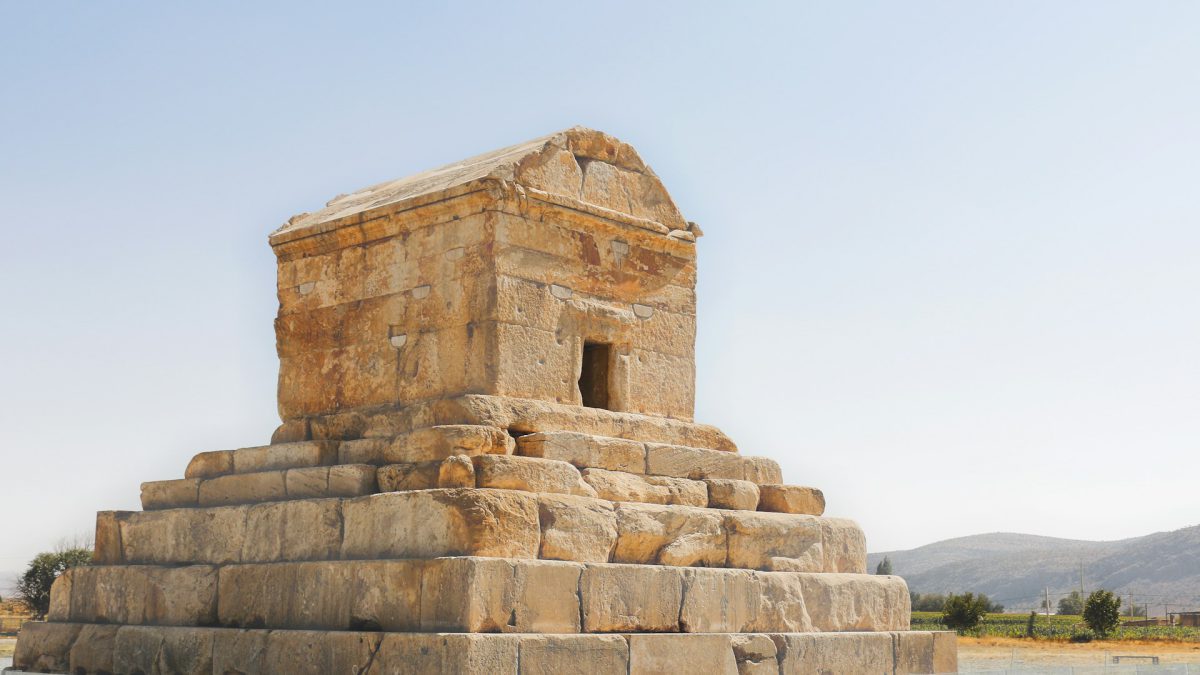Table of Contents
Achaemenid Persian Empire
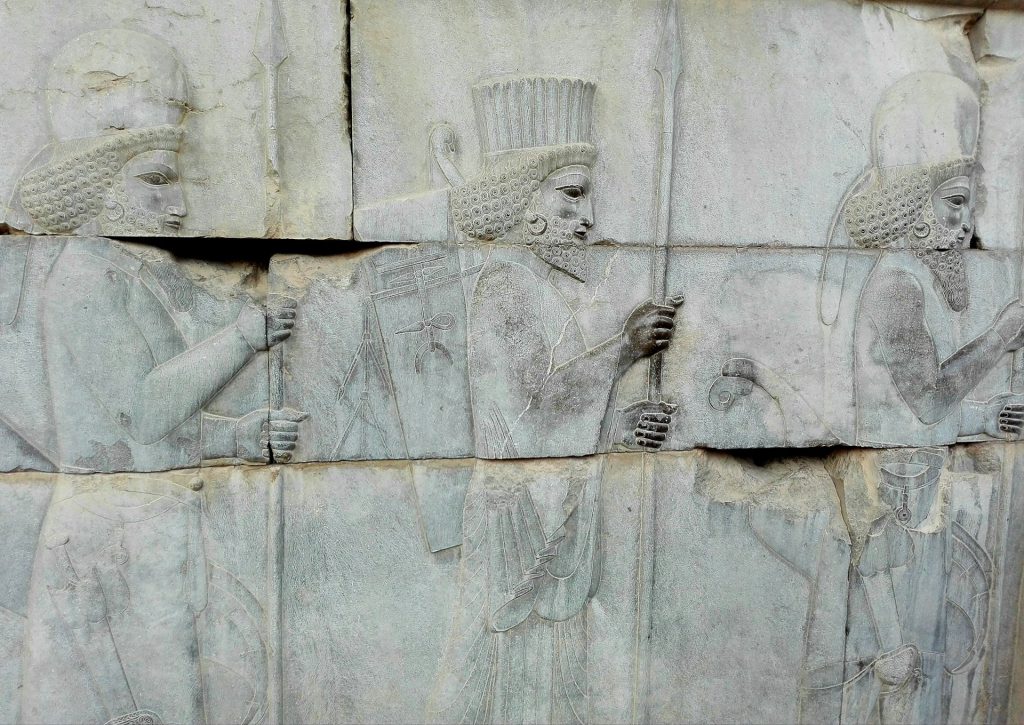
Tracing back through history, we encounter the remarkable tale of the Achaemenid Empire, a colossal realm that dominated Western and Central Asia from around 550 to 330 BCE. Led by the visionary Cyrus the Great, this empire, also known as the First Persian Empire, left an indelible mark on the ancient world.
At its heart lay the legacy of Achaemenes, who ruled over the region of Persis—bounded by the Tigris River to the west and the Persian Gulf to the south—from 705 to 675 BCE. This fertile land served as the cradle from which the Achaemenid Empire emerged, heralding a new era of centralized governance amidst a backdrop of fragmentation.
As the empire expanded its reach, it transcended geographical boundaries, evolving into a global powerhouse. Between 550 and 500 BCE, its influence stretched far and wide, captivating the imagination of contemporaries and leaving an enduring legacy that continues to echo through the corridors of time.
Achaemenid Dynasty
The Achaemenid Dynasty, ruling from 559 to 330 BCE, showcases the richness of ancient Iranian culture. It all started with Achaemenes, but we don’t know much about him. However, Cyrus II, also known as Cyrus the Great, was the real star. He laid the foundation for the empire’s greatness, setting a high standard for future rulers.
Cyrus the Great wasn’t alone in his brilliance. Darius I was a master administrator who made sure the empire stayed strong and peaceful. His time was marked by efficient management and a blossoming of culture. Then came Xerxes I, who continued the legacy with his ambitious building projects. Places like Pasargadae and Persepolis became shining examples of Achaemenid art and architecture.
The empire was huge, stretching from Macedonia in the west to the Arabian Desert in the south, and from the Caucasus Mountains in the north to the Hyphasis River in the east. Despite its size, the empire treated its people fairly, organizing them into provinces ruled by satraps. This made sure things ran smoothly. And the Achaemenid art? It’s stunning, with beautifully crafted metalwork and sculptures that show a shared artistic style. In short, the Achaemenid Dynasty is a shining example of ancient greatness.
The Rise of the Achaemenid Empire
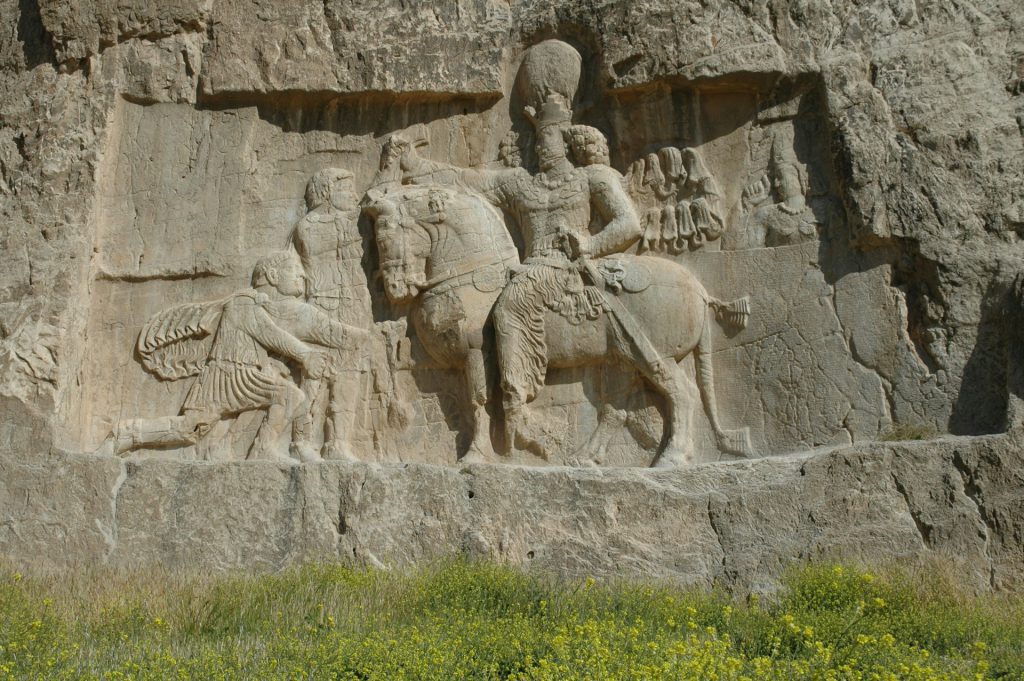
Back in the 7th century BCE, a bunch of ancient Iranian folks called the Medes set up their empire. They were originally under the rule of the Assyrian Empire but wanted to break free by the 8th century BCE. When the Assyrians fell in 605 BCE, Cyaxares, the boss of the Medes, grabbed the chance to expand his territory westward across Iran.
Around 550 BCE, a guy named Cyrus II, or Cyrus the Great, decided to take on the Medes. He was pretty clever and knew how to work the political game. Cyrus not only beat the Medes but also absorbed nearby empires like the Lydians and Neo-Babylonians into his own empire, known as the Achaemenid Empire. This marked the beginning of a new chapter in history, where Cyrus built an empire that would be remembered for ages to come.
The Expansion of the Achaemenid Empire
The Achaemenid Empire started small, but it got really big because of leaders like Cyrus the Great and the others who came after him. They weren’t lazy—they built roads to connect all their lands. That made it easier for people to trade stuff and talk to each other. Around 550 BCE, Cyrus made a big city called Pasargadae, which was super important for running things smoothly.
When Cyrus died, other kings took over and kept making the empire even bigger. Like Cambyses II, who went and grabbed Egypt and some other places. But then, things got messy with a guy named Gaumata trying to take control. That’s when Darius I stepped in and sorted things out. Darius and his son Xerxes I didn’t stop there—they kept expanding, reaching places like Egypt and Anatolia. This huge empire didn’t just have a few people—it had almost half of all the people in the world under its rule at its biggest. That’s how powerful it was! And it wasn’t just about land—the empire was rich in culture, trade, and ideas, too.
Achaemenid Empire or the Persian Empire
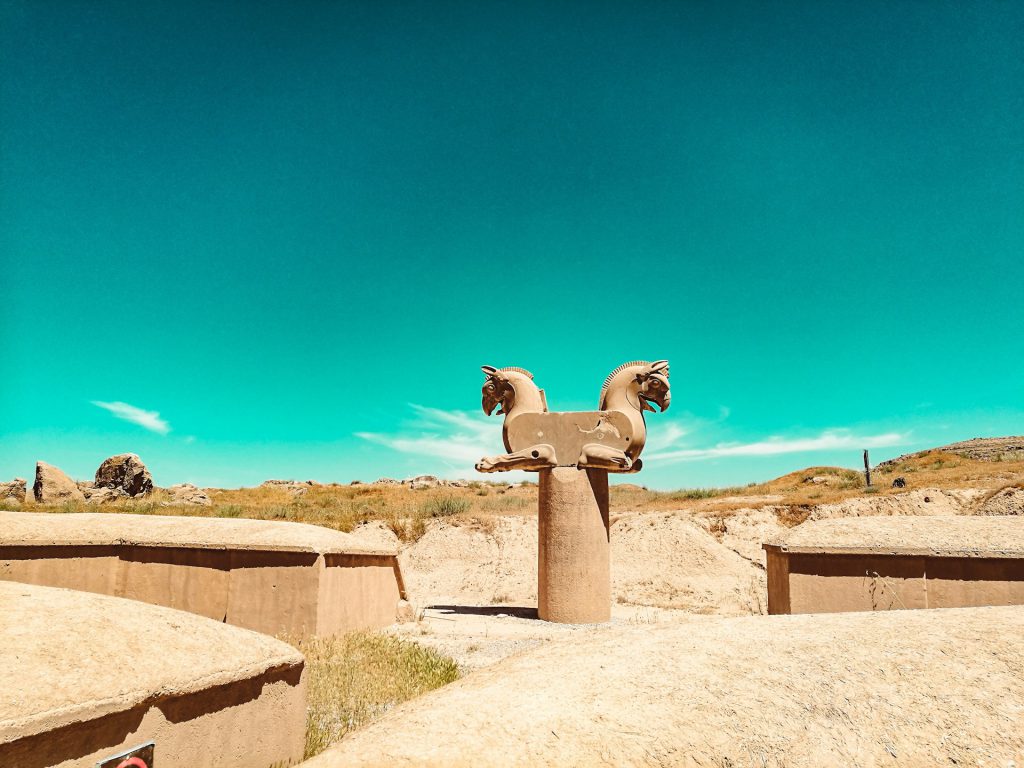
The Achaemenid Empire was the start of something big in Persian history. While some experts argue about what came next, everyone agrees the Achaemenids left a big mark. They started small but ended up ruling a huge chunk of land, from Greece to India. But their impact wasn’t just about land – they also mixed different cultures.
This fusion of ideas led to awesome stuff like amazing buildings in Persepolis and rules for weights and measures that lasted ages. As the first Persian empire, the Achaemenids kicked off a legacy that shaped history for ages to come.
Achaemenid Empire Clothing
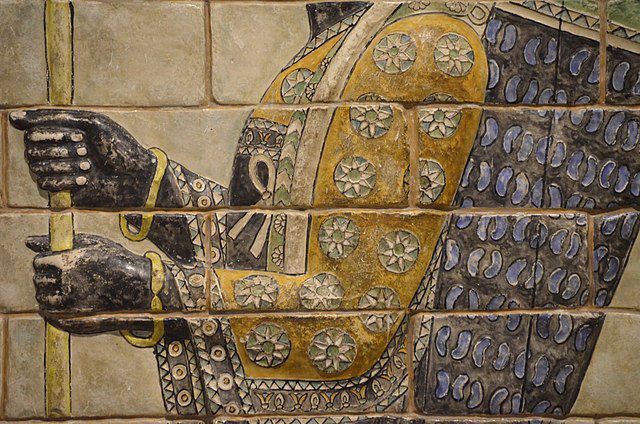
In the splendid courts of the Achaemenid Persian Empire, clothing wasn’t just about what you wore—it was a way to show off your status and power. Every piece of clothing and jewelry was like a statement, telling everyone how wealthy and important you were. The Persian court was decked out in fancy fabrics and fancy jewelry, making sure everyone knew just how rich and powerful they were. The Persian robe, especially, was a big deal. The higher-ups wore robes made from fancy silk, with bright colors and gold threads woven in. Meanwhile, the lower-ranked folks wore simpler robes in duller colors, showing where they stood in the pecking order.
Aside from clothing, jewelry was another big deal in the Achaemenid court. Courtiers wore fancy jewelry made of gold, silver, and precious gems, showing off how rich and important they were. These fancy jewels weren’t just about looking pretty—they were a way to show everyone your place in the court and society. The fancier the jewelry, the higher your status, and the more respect you got. In the Achaemenid Empire, showing off your wealth was a big part of being important, and jewelry was one of the best ways to do it.
The Fall of the Achaemenid Empire
The decline and end of the Achaemenid Empire marked a big change in ancient times, with Alexander the Great taking over in 330 BCE. Although Alexander’s conquest made the empire much smaller, some experts say his leadership continued many Achaemenid practices. Even though he was from Macedonia, Alexander kept the system of satrapies, showing a desire for things to stay similar rather than changing too much.
Additionally, Alexander’s respectful treatment of Achaemenid traditions during his rule adds a twist to the story of his conquest. By burying the last Achaemenid kings with honor in Persepolis, he showed a mix of Macedonian and Achaemenid customs. Some historians even suggest that Alexander could be seen as “the last Achaemenid king,” blending cultures instead of just taking over.
FAQs about the Achaemenid Empire
Q1: What is the Achaemenid Empire known for?
A1: In ancient times, the Achaemenid Empire was known for its effective centralized government, its policy of respecting different cultures, constructing advanced roads and postal services, using official languages in all its lands, and more.
Q2: Is Achaemenid Empire same as Persian Empire?
A2: The Persian Empire, also called the Achaemenid Empire, existed from around 559 B.C.E. to 331 B.C.E. It reached its peak covering what is now Iran, Egypt, Turkey, and parts of Afghanistan and Pakistan.
Q3: Who defeated the Achaemenid Empire?
A3: Alexander employed both military strategy and political maneuvering to ultimately overthrow the powerful Persian Empire. The Achaemenid Empire of Persia dominated the Mediterranean region for over two hundred years.
Q4: How did Persia fall?
A4: The fall of the Persian Empire, also called the Achaemenid Empire, was caused by various factors like inner disputes, economic troubles, and outside pressures.
Q5: How old is Iran?
A5: Iran is among the world’s oldest nations, tracing its history back tens of thousands of years. The earliest significant city in the country, Susa, was established on the central plateau around 3200 B.C.
Last Words: Experience the Best of the Achaemenid Empire with a Customized Tour
The Achaemenid Empire, led by Cyrus the Great, was a huge kingdom that ruled parts of Asia from around 550 to 330 BCE. It started in a fertile place called Persis, led by Achaemenes, before growing into a powerful empire that stretched far and wide, impressing people and leaving a big impact on history.
Exploring the wonders of the ancient Achaemenid Empire in Iran is an amazing adventure. But to make the most of it, it’s smart to go on a trip that’s customized just for you. That’s where To Iran Tour steps in. Our team knows Iran inside out and can create a trip that’s perfect for you. We’ll work closely with you to design an itinerary that matches your interests. If you’re keen to explore ancient ruins like Persepolis, we’ve got you covered.
With To Iran Tour, your trip to Iran becomes more than just sightseeing. It becomes an adventure filled with history, culture, and memorable experiences.

